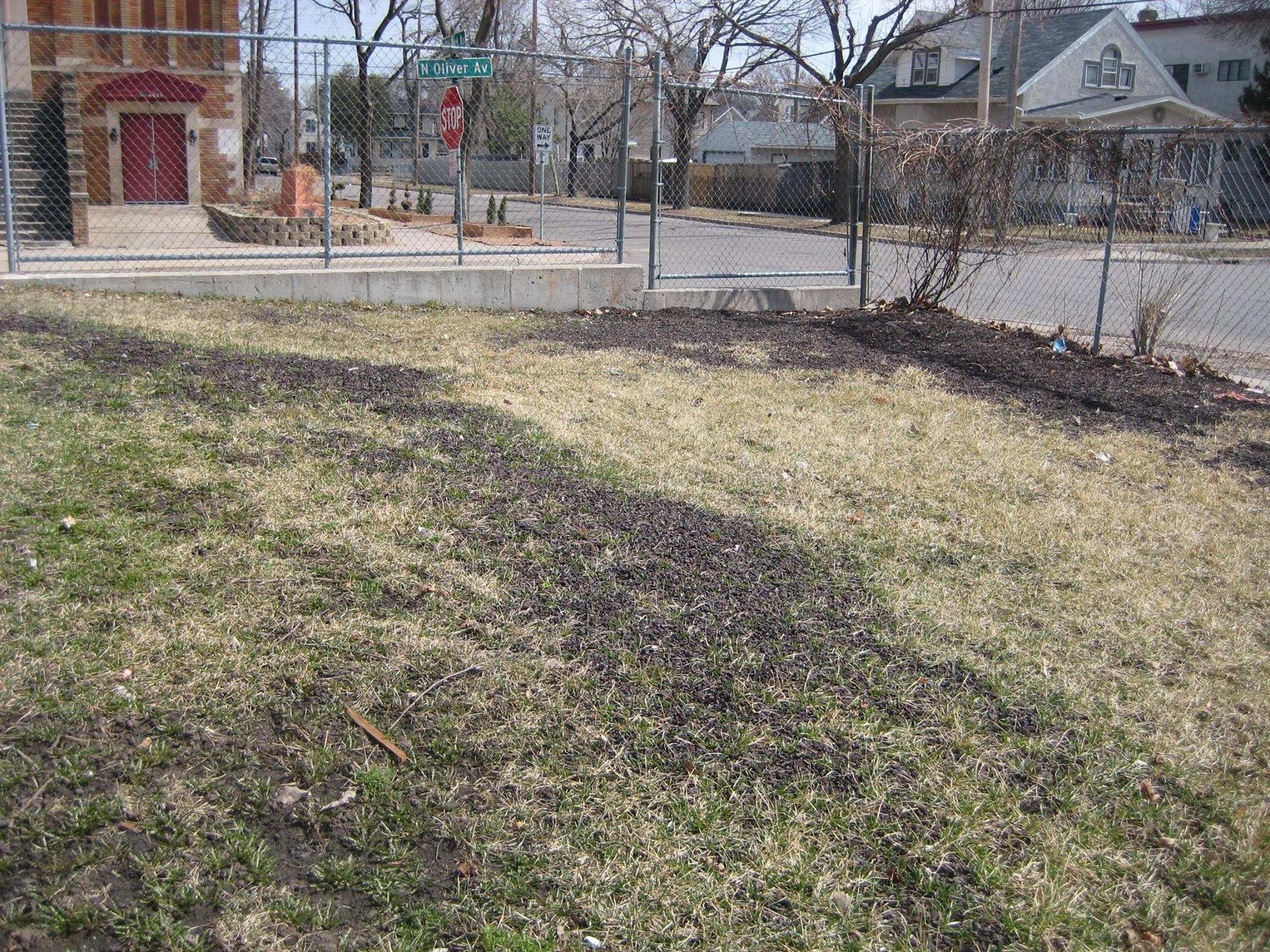Whether we and our politicians know it or not, nature is party to all our deals and decisions, and she has more votes, a longer memory, and a sterner sense of justice than we do. -Wendell Berry
SYNTHETIC FIELDS ARE NOT GOOD FOR THE ENVIRONMENT
Aaron Patton of the University of Arkansas on Going green: "With continuing efforts to increase the sustainability of all of our communities, a move to synthetic turf is a move in the wrong direction. Synthetic fields do not require fertilizer or pesticides, which may make them seem environmentally friendly but keep in mind artificial turf fields require maintenance as well as the following:
- Synthetic fields are made of plastic and then in-filled with pulverized tire particles instead of plants as on a natural grass field.
- Both the synthetic turf and the shredded waste tire infill must be disposed of when the field reaches its life capacity (8-10 yrs). Natural grass fields require renovation less frequently with much reduced renovation costs.
- Synthetic fields do not cool the environment like natural turf.
- Synthetic fields and natural grass fields have similar irrigation requirements since both need irrigation in warmer months and little to no irrigation in cooler months.
- Synthetic fields do not help to filter air and water pollutants.
- Synthetic fields do not fix CO2 (carbon-dioxide) and release O2 (oxygen) as do natural grass fields.
- The net carbon loss for a synthetic field is high, whereas a natural grass field will have a net carbon gain despite the need for fertilizer and some pesticide inputs to maintain a natural grass."
Each Artificial field loses 4,800 lbs OF INFILL INTO THE ENVIRONMENT eACh year
"According to Shaw Sports Turf, 120,000 lbs of Geofill is required for one 80,000 sq ft field. The Geofill FAQ states that approximately 10% (12,000 lbs) of the Geofill will need to be replenished every 2-3 years. In other words, approximately 4,800 lbs (2.4 tons) will be lost from a single field, migrating into the local environment, waterways and municipal systems, every year, indefinitely." - Martha's Vineyard Synthetic Fields Impact Study (Partial): Anticipated Geofill Contamination
Medway, MA synthetic turf fields, March 23, 2017 - Photos by Tracy Stewart
migration of TIRE MULCh from PLAYGROUNDS
"Tire mulch is continuously spreading outside of play areas, mixing with adjacent soil and planting areas, and washing into storm drains. Water that enters these drains, taking the tire mulch with it, is not treated in any way. It goes directly to the nearest stream, lake, or river. We will never be able to get all of the tire mulch out of our soil or water bodies."
"The Minneapolis Public Schools just ordered another 220,000 pounds of waste tire mulch to maintain some of the 47 playgrounds that have this material. (Last year they ordered 110,000 pounds.)"- Play It Safe Minneapolis
ZINC IN STORMWATER RUNOFF
ZINC CAN BE FOUND IN ELEVATED AMOUNTS IN SHREDDED WASTE TIRE
Zinc is often used as a base oxide in the process of vulcanization used to make tires. As a result it can be found in elevated amounts in the waste tire infill of many synthetic turf fields. Although some level of zinc is necessary for normal human biological function, excess zinc can be detrimental to human health.
EFFECTS OF ZINC IN STORM WATER RUN-OFF
Storm water run-off from synthetic turf fields has been found to contain zinc. Zinc is poisonous to aquatic life forms such as daphnia, at the bottom of the food chain.
POTENTIAL EFFECTS OF ZINC EXPOSURE
The most notable effect of zinc that can result from chronic low level exposure is that it can prevent the uptake and utilization of other essential minerals, most notably iron and copper.
ADDITIONAL RESEARCH IS NECESSARY
It is currently unknown whether the elevated levels of zinc present in many synthetic fields are at a high enough level to be of risk to humans, or for that matter whether they are readily absorbed by athletes using the fields on a regular basis. Additional research into zinc in waste tire infill is prudent before synthetic field use becomes more widespread. This should be especially true in areas where small children may be exposed, such as playgrounds, as children are more likely to ingest the infill than adults.
Used rugs to the landfill... Carcinogens to the planet
Automobile Tires a Potential Source of Highly Carcinogenic Dibenzopyrenes to the Environment; Environmental Science Technology Feb 21, 2012, 46, 3326−3334;
Ioannis Sadiktsis, Christoffer Bergvall, Christer Johansson, and Roger Westerholm, Sweden.
“…Through the release of PAHs from stockpiled scrap tires, 41 PAH emissions from pyrolysis of scrap tires 42 or leaching of PAHs from recycled tire rubber material, 30 tires are a source of environmental pollution of PAHs throughout their entire lifecycle.”
HEAT ISLANDS and GLOBAL WARMING
According to Turfgrass Producers International e-newsletter, "One of the adverse environmental and health impacts of artificial turf fields is the “heat island” effect. This means two things: the synthetic surface undesirably absorbs, retains and emanates heat at temperatures and rates that are harmful to the environment, and the turf in its life-cycle is responsible for generation of carbon dioxide and other greenhouse gases that contribute to global warming."












